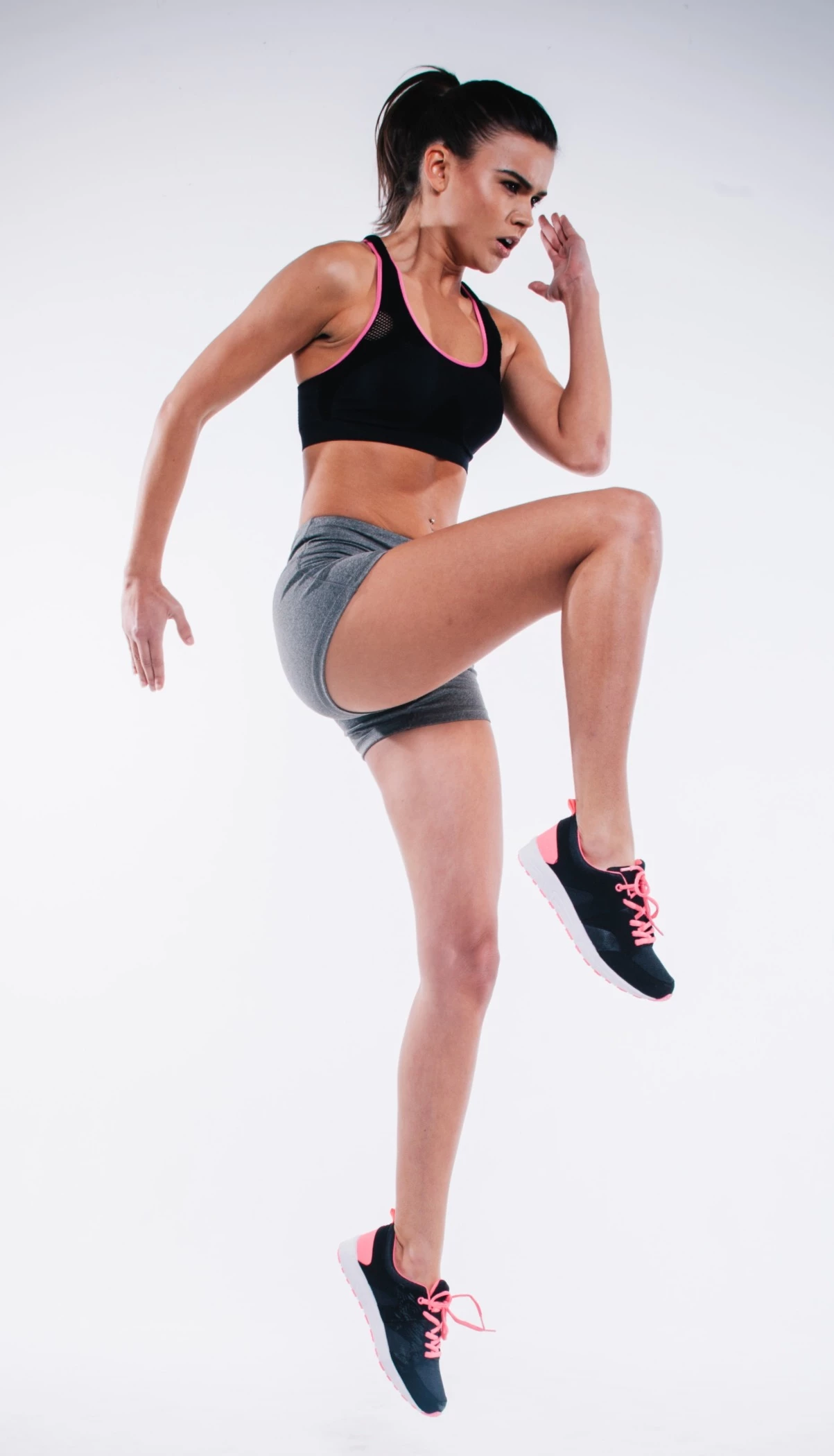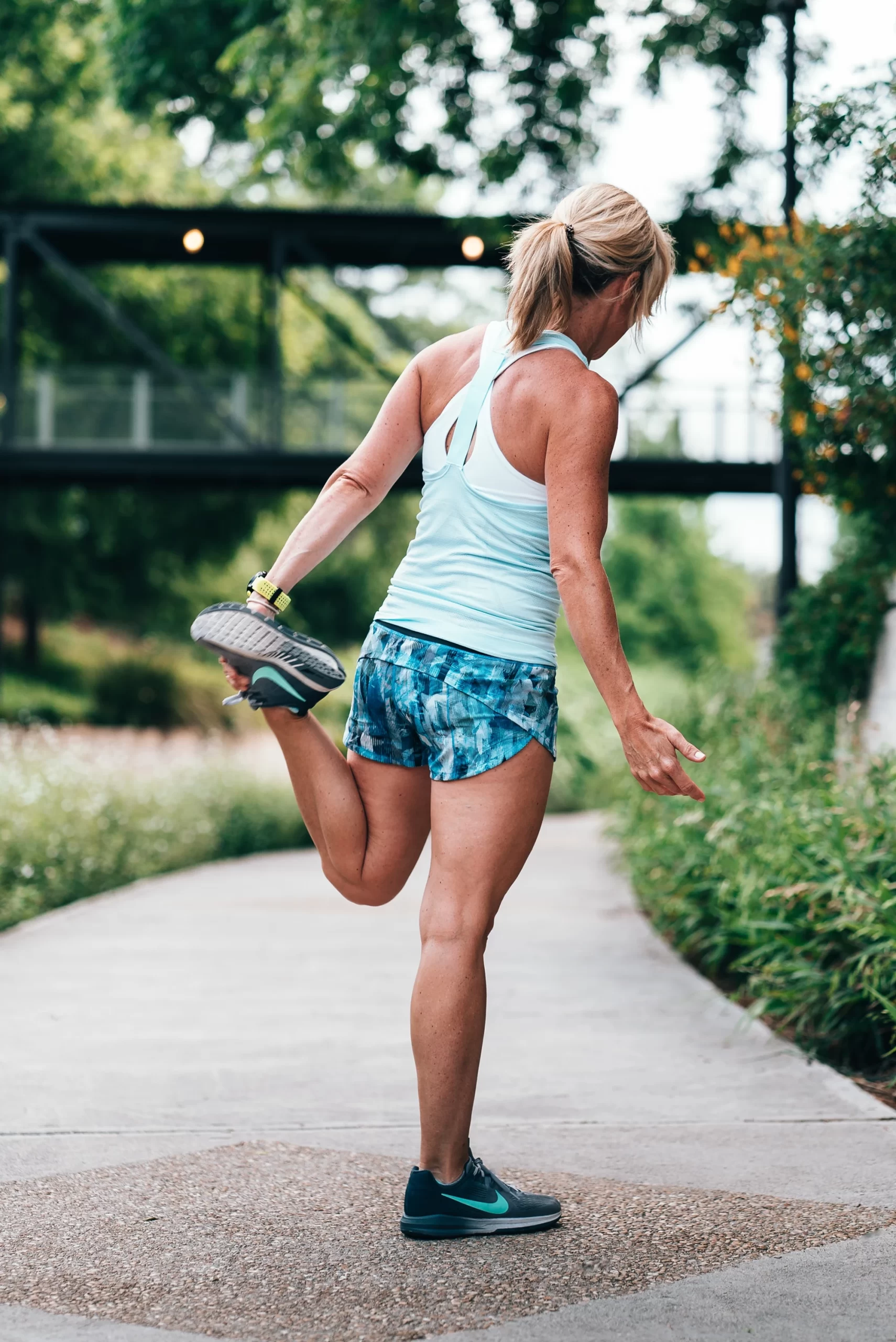Running and the pelvic floor.
Proper running form can make a world of difference for a variety of reasons. Not only can these following tips help with pelvic pain, incontinence during running, and difficulty breathing, but they will also help you run better, faster and longer.
If you notice any leakage of urine, pain in the hip, knee or abdomen, heaviness or a bulge in the vagina while running or shortly after these are some unfortunate signs that your body is not tolerating this exercise very well.

How running impacts the pelvic floor.
Impact is the biggest, most common trigger for urinary incontinence in female athletes. It was found that over 43% of young female athletes leaked during rigorous sport activities. It must be noted that this is higher than the American national average. (Thyssen, 2002). Running, gymnastics, jumping and trampolining were found to be the most common of sports where athletes reported difficulties with leakage (Nygard, 1994).
Three tips to help reduce impact when running.
1.) Lean forward when running.
A good alignment can reduce impact when running and it creates momentum. A lot of women run with a bouncy posture—high chested, bottom tucked under, head tilted skyward. This posture is difficult to extend your hip, so you overuse your hamstring, and your heel strikes further out in front of you. This can lead to a ground reaction force of four to six times your bodyweight—a huge amount of pressure on the pelvic floor. Ouch!
If you run in a neutral position it brings the ribcage down where it sits on the pelvis, allowing for more effective diaphragm movement. More effective diaphragm movement=more effective pelvic floor movement (can absorb impact better). Leaning forward also lessens impact (provides a softer landing) therefore less stress on the pelvic floor (Heiderscheit, 2013).
2.) Pick up your feet and increase your cadence.
Another way to reduce the impact when running is to pick up your feet (no shuffling) and increase your cadence. More steps. Pick up your feet as quickly as you put them down. Leaning forward will automatically increase your momentum and combining this with picking up your feet and picking them up more often will help ease those painful hips, that irritating pelvic floor and those achy knees.

Increasing your cadence by even a small amount can decrease forces through the body, leading to less impact through the pelvic floor. A well-coordinated, strong pelvic floor will contract and relax up to 3,000 times during a 30-minute run. This happens automatically. It’s smart to think about your posture and core while running, but be sure not to overthink things either. That can cause you to hold your pelvic floor while running, and that’s not good at all. You need those muscles to bounce and move through a range of natural propulsion, absorbing the impact. Holding the muscles can lead to an over-recruited pelvic floor and can cause bladder urgency, frequency, urinary incontinence, pain during intercourse and constipation. No thank you!

3.) Connect your core. Relax your abs and don’t forget to breathe!
To manage pressure when running it is important to learn how to connect and engage your core muscles—the transverse abdominous, pelvic floor, multifidus and diaphragm all need to work together like a well-oiled machine. In balance and perfect alignment. This is will optimise the ability of the diaphragm and pelvic floor to connect.
Don’t hold your abs! Holding and connecting are not the same thing.
Holding your abs may make your tummy look flatter and improve your posture but this also prevents you from rotating through the whole torso when running, restricting the ability to propel forward. It also applies undue pressure on the pelvic organs and pelvic floor. Instead of holding your abdominals when you run, release them, connect your core and breathe.
Above all, don’t allow yourself to suffer. There is no quick-fix or one-size-fits-all program. Running is rigorous, high intensity and repetitive and although it can make us feel incredible in mind, body and spirit we need to train in order to do it properly. And that doesn’t just mean running more, running faster and running further. It means training the other parts of ing the other parts of your body besides your legs. We’re all connected, remember? We need to train the pelvic floor to meet the demands our body places on it when we run.
If you are experiencing symptoms related to pelvic floor pain, joint pain or other aches related to running or rigorous exercise and the above tips do not help, it’s always best to speak with a pelvic health specialist. We will be able to assess you individually and make tailored recommendations, modifications and give you new strategies and techniques to keep you running for years to come.


